How the Bloomsbury group's interiors at Charleston Farmhouse are still having an impact, over a century later
The joyful exuberance of the Bloomsbury Group’s spiritual home is having a notable bearing on the work of designers and craftspeople living nearby, finds Arabella Youens.
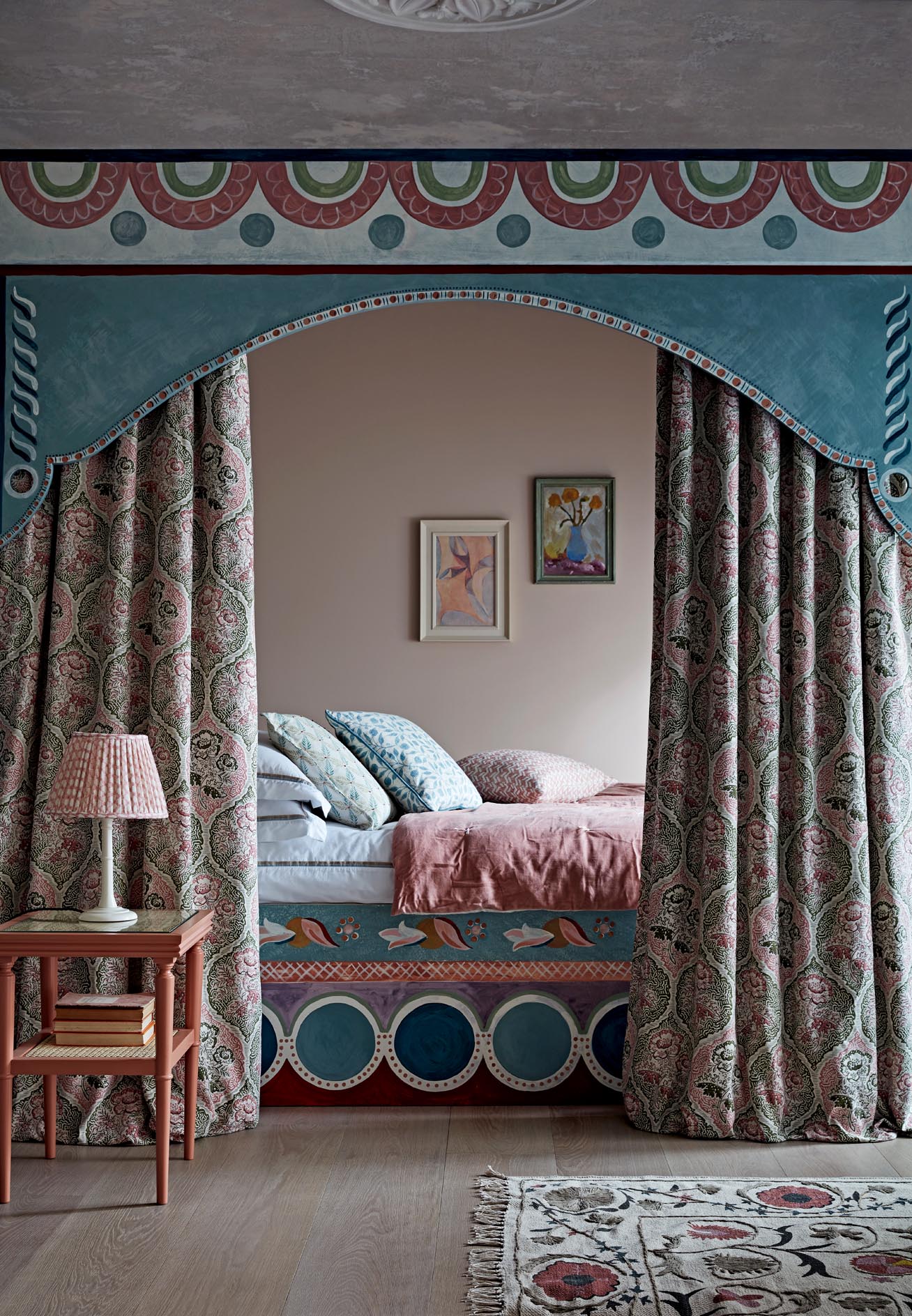
When Vanessa Bell took on the lease of Charleston Farmhouse in September 1916, it was full of Edwardian (and earlier) wall coverings. Together with Duncan Grant, she set to work whitewashing most of the interiors to create a blank canvas, with one of the first projects being the flowers painted around the window of her husband Clive’s study.
What many have remarked upon since was how ahead of their time — decoratively, as much as in other aspects — the friends were in their approach. In a bold adieu to the fuss of the Victorian era, they emphasised the functionality of the furniture they painted. It was a time of thrift and uncertainty; it’s said you could hear the guns of the Western Front from Charleston.
The integration of ceramics, textiles, fabrics and decorated wall surfaces was highly unusual because it wasn’t for show. Charleston was a place of refuge and comfort. More than 100 years later, this decorative approach continues to inspire artists. Alistair Burtenshaw, the former director of Charleston Trust, the charity established after the death of Grant in 1978, explained in The Spectator that its charm is the collective whole of the house. ‘Its famous residents made it a place of refuge, ideas, inspiration, rebellion and exploration… It is a house that witnessed radical discussion of the way in which people live their lives.’
Fabric and wallpaper designer Molly Mahon moved from London to Sussex in 2009 and first visited Charleston soon after. ‘At the time, it was like a local secret, a hidden gem. Ever since, I’ve been drawn back and discovered new things each time,’ she explains. ‘Charleston isn’t like other houses that are open to the public: it’s a little treasure of domesticity, which is so relatable in terms of scale.’

Bell and Grant’s bold decorating style inspired Miss Mahon to take a similar approach to her own farmhouse. Instead of leaving the large stone fireplace in her sitting room plain, she began to paint it. ‘What was empowering about my trips there was to understand that the owners weren’t meticulous in their detailing; you can see pencil marks they never removed. Rather than taking a formal approach, as a trained artist might, it has inspired me to believe in my own creativity — which has formed the bedrock of my business today.’
Decorative painter and interior designer Amy Balfour also credits Charleston with inspiring her career. She grew up 15 minutes away from the house. ‘My mother is a textile designer and she’d often take me when I was a teenager. I loved the house’s rare blend of interior design with art — how the walls of the house or a piece of furniture were used as canvases to express themselves artistically.’
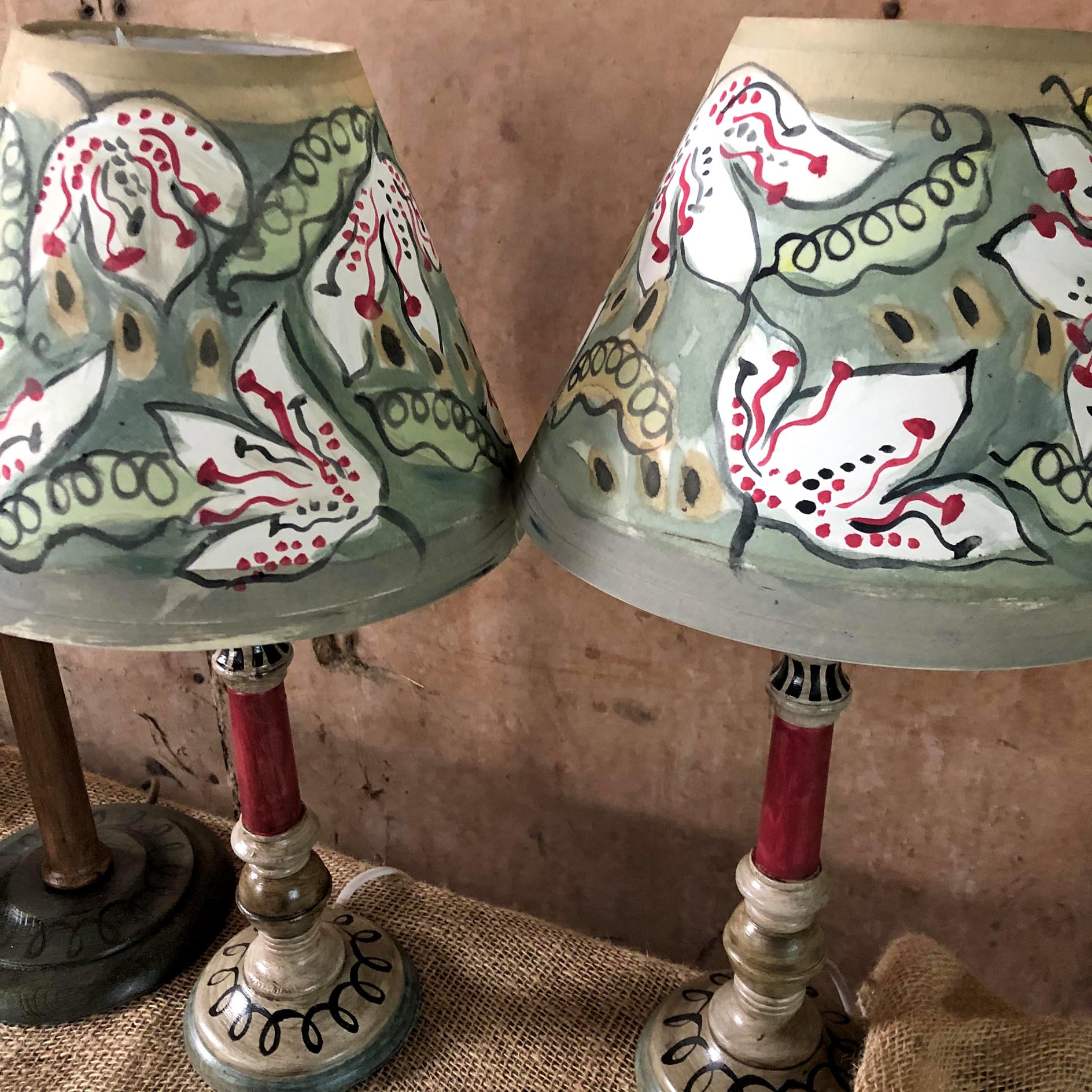
Mrs Balfour studied illustration and then worked with Janie Money, director of Sibyl Colefax & John Fowler, a rigorous experience she says was akin to doing a degree in interior design. When she had her first daughter and was searching for something she could do from home, she did a day’s painting course at Charleston, exploring, making notes and taking inspiration. It gave her an idea to start her own business making painted boxes, trunks and furniture using Charleston-esque patterns of repeated circles and scallops with a brighter palette. Working within the confines of existing shapes, it’s a style she describes as ‘images within borders’.
Exquisite houses, the beauty of Nature, and how to get the most from your life, straight to your inbox.
‘In the same way that Vanessa Bell and her friends did, I love adding extra layers to furniture and doors through paint,’ explains Mrs Balfour. ‘It’s about mark making. There’s so much detail in their work, but it looks unfussy and simple.’ The fact that Charleston’s interiors were painted in the freehand style — with no masking tape to keep lines straight and no rubbing out to hide imperfections — has played a role in releasing Mrs Balfour’s creativity and confidence in painting by hand, as it did Miss Mahon.
Decorative painter Tess Newall’s introduction to the site came when she was at university (she had forsaken a place at art college to study at Oxford). ‘I was reading Virginia Woolf and soon found myself exploring the Omega Workshop pieces at the V&A, including lampstands and tiles that Vanessa painted,’ she explains. Charleston was next on the list.
‘I was blown away by my first visit. The fact that the walls and surfaces were their canvas was so joyful.’ A friend asked her to paint a Bloomsbury-inspired mural in a Wiltshire cottage bedroom, which caught the eye of the Swedish-English interior designer Beata Heuman; this led to commissions.

These projects were undertaken in spare time from her career as a set designer and, by chance, she was asked to be the art director for Vita & Virginia, the 2018 film based on the relationship between the writer and garden designer. It involved re-creating Charleston in a farmhouse outside Dublin, which required time poring over the Charleston archives.
Afterwards, Mrs Newall took up painting full time. With her husband, furniture designer Alfred Newall, she lives near Charleston; which means she’s one of a lucky few to see the house by candlelight. She handpaints murals for walls, ceilings and furniture, using water-based eggshell palettes, often from the Farrow & Ball collection — in particular Oval Room Blue and Red Earth. ‘The Charleston colours have strength but are muted. My take is more contemporary,’ says Mrs Newall.
Of all the designers who have cited Charleston as a source of inspiration, artist and potter Jane McCall’s work is perhaps the most longstanding. Her introduction to the house was many years ago through a painter friend who was working on a documentary on it and asked Jane to help him on set. ‘I was hooked.’
Then based in the Cotswolds with three young children and a Morris Minor, Mrs McCall approached the team looking after the house and its small gift shop about making pots to sell. ‘It was in the mid 1990s and I’d drive down with a selection in the back of my car among the children. I never trained as a potter, but neither were any of the Bloomsbury group formally trained. They turned the way of thinking upside down. I’ve always felt strongly that art shouldn’t merely be in a frame.’
Having moved to live near Lewes, the magnetic effect of Charleston began to affect her work and she began teaching a painting course about the Bloomsbury style. An attendee was an old friend with a background in PR and, after finding herself painting through lockdown, Mrs McCall joined forces with her friend to launch Bloomsbury Revisited, selling hand-painted lamp shades and bases inspired by Charleston. Using paints mixed by hand and familiar motifs, such as muses, peapods and birds, the appetite for these painterly scenes has seen the business take off.
Charleston’s impact on design is set to have a healthy future, especially within the context of a greater appreciation for artisanal craftmanship in the home. ‘What’s appealing about hand-painted things is that they aren’t mass-produced,’ adds Mrs Balfour. ‘They might be imperfect, but they have a story.’
Charleston Farmhouse, Firle, East Sussex — www.charleston.org.uk
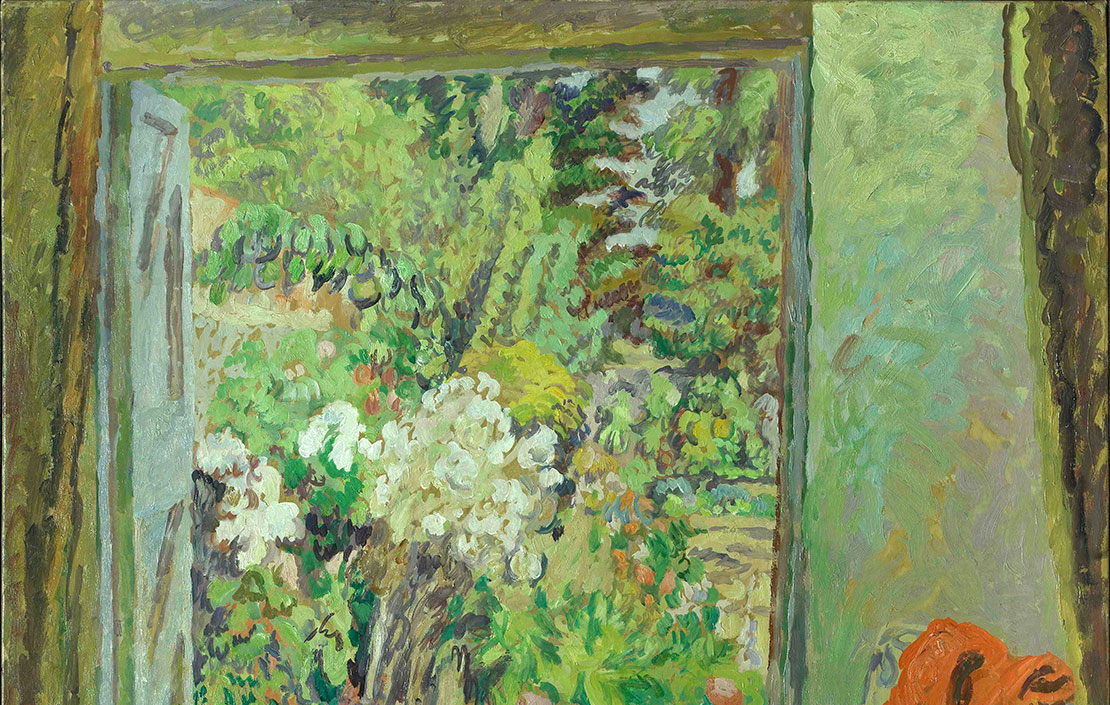
In Focus: The work by a Bloomsbury Group stalwart which fuses nature, nostalgia and Impressionism
Britist artists Duncan Grant's wonderful versatility allowed him to mix traditional and modern, natural and man-made, as this picture on
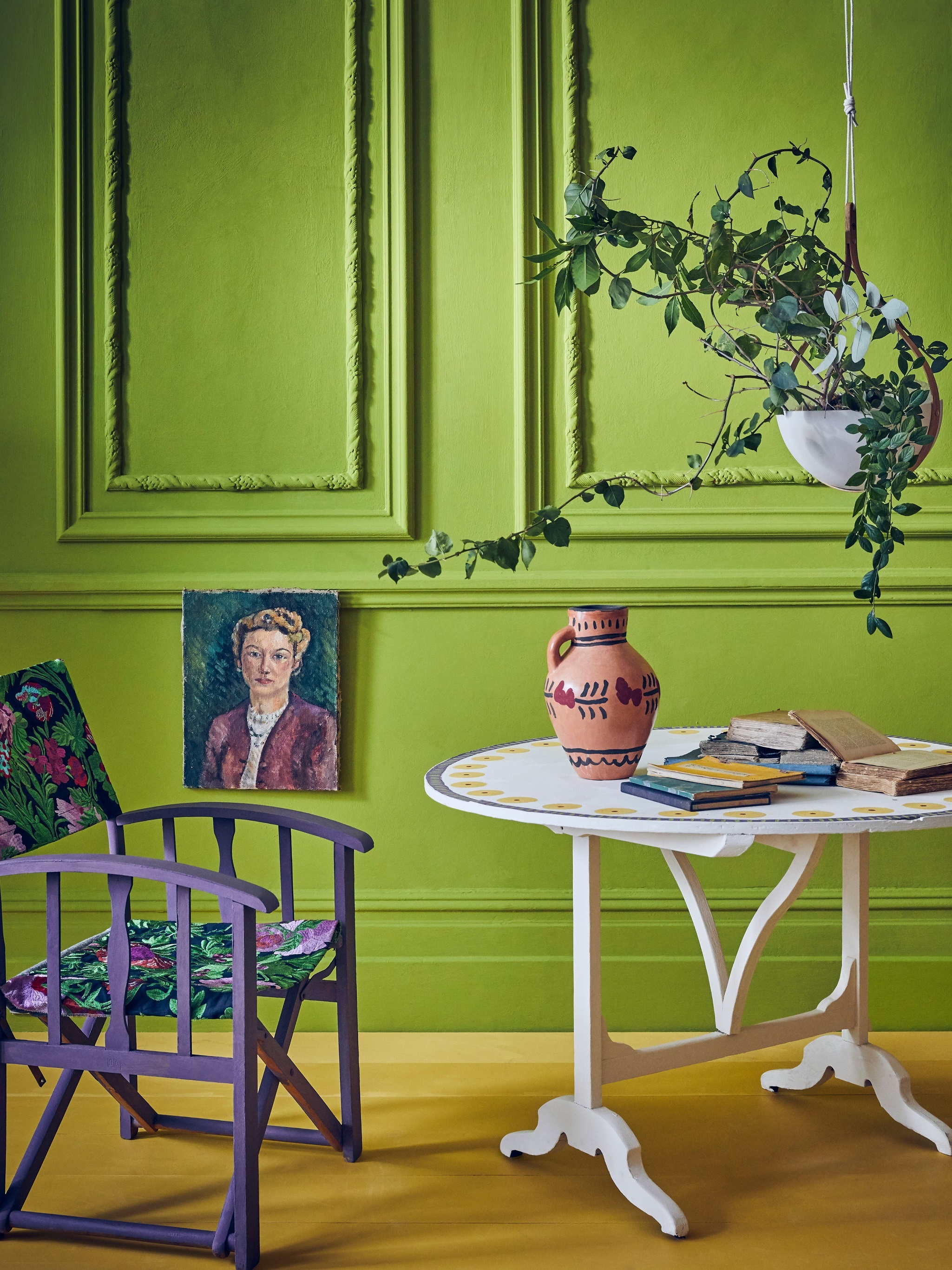
Credit: Annie Sloan
Three brand new paints, inspired by the wartime country retreat of the Bloomsbury Group
Charleston inspired the likes of Bell, Grant and Keynes to produce the works that made them famous. It has since

Credit: Simon Brown / Coral Room - fine to re-use
The Coral Room review: A touch of the Twenties in the heart of Bloomsbury
The recently-refurbished bar at The Bloomsbury has added a touch of glamour to an area once full of chains and
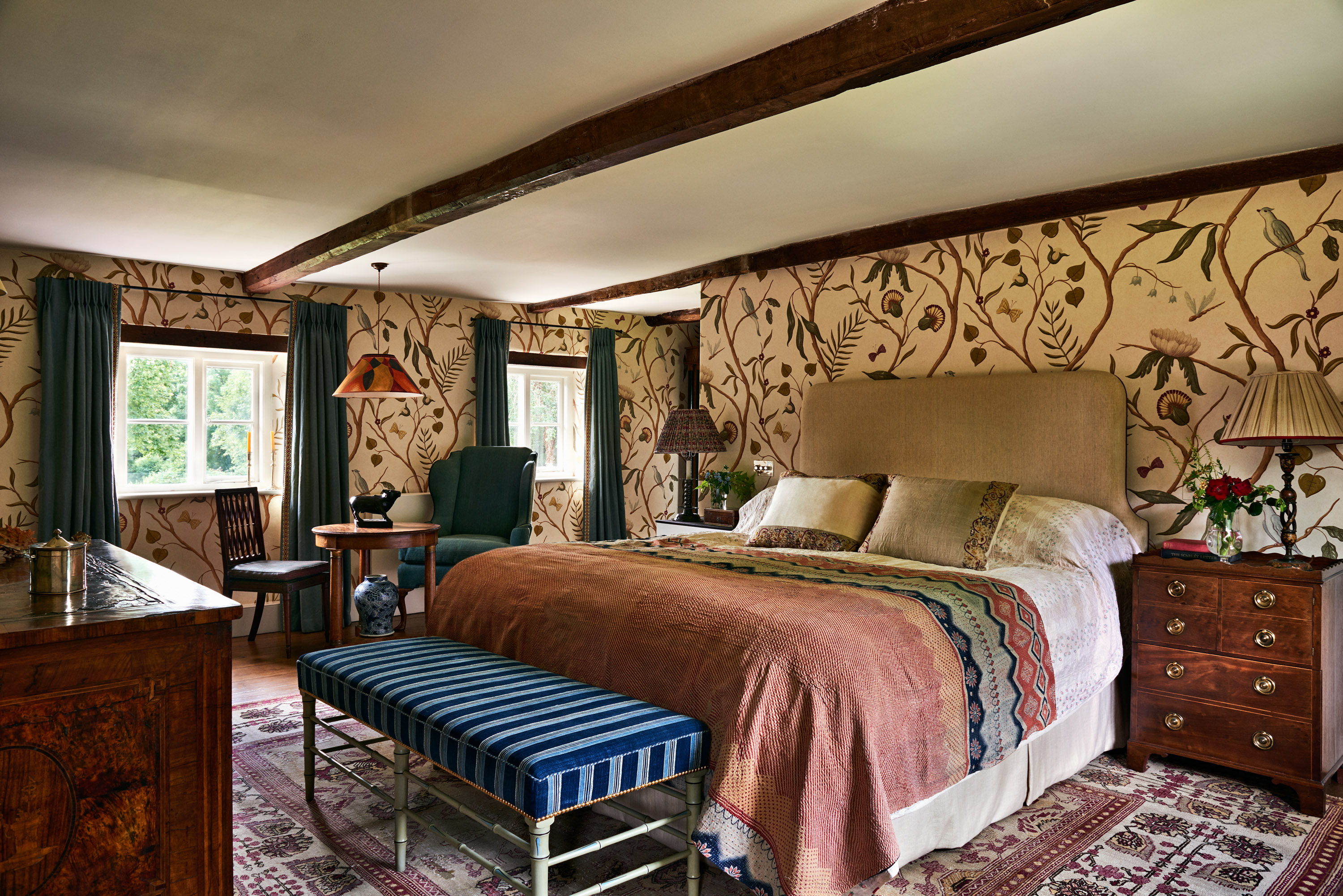
Credit: Tom Mannion
Beautiful bedrooms: How to tell a tale with your choice of antiques
Max Rollitt has lent a distinctive, period feel to a farmhouse bedroom.
Toby Keel is Country Life's Digital Director, and has been running the website and social media channels since 2016. A former sports journalist, he writes about property, cars, lifestyle, travel, nature.

